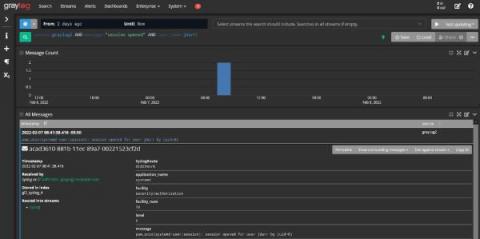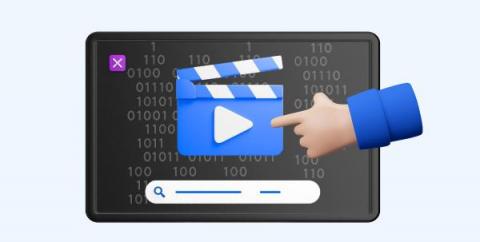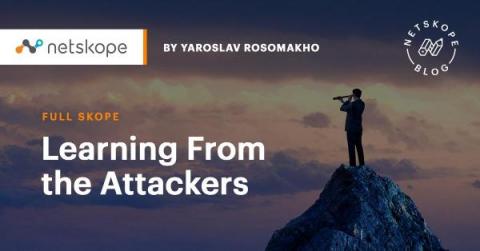Security | Threat Detection | Cyberattacks | DevSecOps | Compliance
Latest News
18 Best Cybersecurity Movies Worth the Watch
There are plenty of niche movie genres out there - road comedies, spaghetti westerns, Brenden Fraser films - all have their merits and their own special place in any true cinephile's heart. Today, we’re going to dive deep into the ridiculously specific micro-genre of cybersecurity movies.
How to Meet Third-party Risk Requirements of NIST 800-161
The National Institute of Standards and Technology (NIST) has produced several publications addressing the different components of information technology security within the NIST 800 computer security series. Compliance across this entire NIST 800 series is expected for all internal and external service providers of government entities - such as the DoD federal agencies.
Does your business need a CSIRT?
DevSecOps build and test process
In the previous article about the coding process, we covered developers using secure coding practices and how to secure the central code repository that represents the single source of truth. After coding is complete, developers move to the build and test processes of the Continuous Integration (CI) phase. These processes use automation to compile code and test it for errors, vulnerabilities, license conformity, unexpected behavior, and of course bugs in the application.
Kubescape March 2022 version - what is new and what is improved
The Impact of Cyberattacks on Healthcare
While the COVID-19 pandemic brought much of the world to work together to advance medical research and slow the spread of the disease, it may be of little surprise that cyber threat actors took advantage of the pandemic for their own personal gain. While all industries can be affected by a cybersecurity incident, the nature of the health and human services industry’s mission poses unique challenges.
Learning From the Attackers
While the C-suite is becoming increasingly aware of the threats bad cyber actors pose, many still harbour an antiquated impression of cybercriminals. We imagine hooded “hackers”, working alone in a basement, and of course, the stock image that accompanies the vast majority of media articles about cyber attacks depicts just this.
Make Snyk notifications work for you
Snyk can send a number of different types of email notifications. Notifications can be powerful when they enable you to learn about a new vulnerability, license issue, or fix an issue in your projects on the same day we find it. However, these alerts can be noisy if they aren’t configured according to the needs of your teams. That’s why we’ve made Snyk notifications flexible! Let’s take a look at how to make them work for you.
Why The Four Eyes principle is critical for access
The four-eyes principle means an activity must be approved by two people, or from Argus Panoptes if the ancient Greeks needed access controls. This principle is commonly used in both routine and non-routine scenarios. On the routine side are “Business Execution” processes. Here the Four Eyes principle is used to stop negative outcomes as the result of poor execution of a regular business task.











